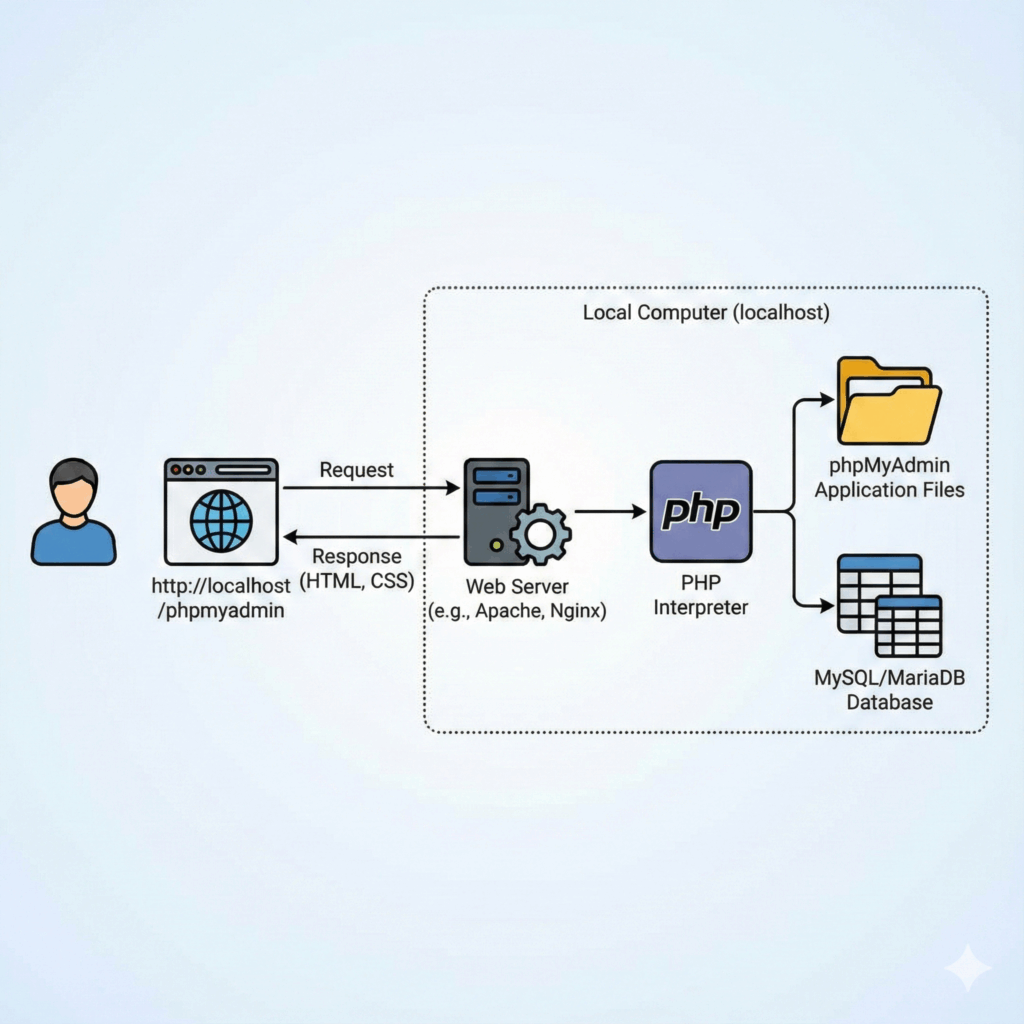AI helps students find information faster, improve memory, develop analytical and creative skills, act as a personal mentor, and help with learning. However, students can harm their critical thinking if they rely on AI too much.
It is no secret that students use AI to do their homework, especially written ones. Unfortunately, the result is not always positive, especially considering the fact that teachers check the work for the use of artificial intelligence. Therefore, if you have problems with writing papers, a “write my essay” service might be the best solution. Professional writers who work there can help you quickly.
Research on The Impact of AI on Critical Thinking
The paper, titled “The Impact of Generative AI on Critical Thinking: Self-Reported Reductions in Cognitive Effort and Confidence Effects from a Survey of Knowledge Workers,” was written by a team of researchers from Microsoft Research and Carnegie Mellon University in the US.
The survey involved 319 people who use generative AI tools at least once a week in their work. The researchers’ goal was to find out when and how they engage in critical thinking when using generative AI, as well as when and why artificial intelligence impacts their efforts to use it.
According to the researchers, AI is disrupting critical thinking by fundamentally changing the way people approach certain business problems, particularly in the following three areas:
- Information gathering and verification. AI automates data searches and systematization, reducing the time it takes to find information. However, workers now have to spend more time checking the accuracy and reliability of AI-generated content.
- Problem solving and integrating AI responses. Instead of solving problems themselves, workers use AI output to meet their specific needs, including adjusting tone, context, and relevance.
- Task execution and task management. Workers supervise the AI that does tasks for them. They guided and evaluated the results to ensure quality. Responsibility and accountability remain with human users.
In 2022, AI generated a scientific text. It was published in a journal by accident; the editors did not notice the catch. Such cases are multiplying quickly. A 2024 study from Stanford showed that 30% of online content is related to AI. This changes knowledge networks completely; old benchmarks disappear. Trust is becoming more difficult.
Students’ Critical Thinking is Under Threat
Generative AI makes life easier for everyone. It answers questions instantly, but there is a downside. People become lazy in thinking. A 2024 study proves this: scientists surveyed 500 students in the United States. The result was surprising: 45% do not check the AI data and take the answers at face value.
Why is this happening? AI answers sound confident, they are smooth and logical in appearance. For example, Grok can explain quantum physics simply. But the details are sometimes inaccurate. A person without training will not notice the error – this relaxes the brain imperceptibly. Skepticism fades into the background.
Education is also suffering greatly. Teachers complain about students. Young people copy and paste AI texts into their assignments. In 2023, 20% of college essays were written by machines, according to the journal Nature. Students are losing their analysis skills and stop looking for primary sources. Dependence on technology is growing.
Human and Machine: Partnership or Risk?
AI is not only a threat. It opens up new horizons: companies like xAI prove it. Their models help scientists and engineers: in 2022, AI generated 20% of ideas in projects, and this significantly accelerated research. Creative tasks also benefit. Artists use DALL-E for sketches. Writers give tasks to chatbots.
But the thing is that the line between help and dependence is thin. People begin to rely on AI as an encyclopedia and a storehouse of the best options for solving problems in any area. For example, marketers generate advertising entirely. They do not check the quality of the text, which saves time, but reduces control. The machine becomes the leading force. The person turns into an observer.
Adaptation is the Key to the Future
AI is changing the world; it is already part of our lives. Therefore, it is important not to ignore critical thinking. It is necessary to ask questions of machines and yourself, to doubt smooth answers. Scientists believe that education needs to change. Teachers should teach data analysis. Students should be prepared for the world of AI. For example, fact-checking courses are popular in Europe. In 2023, 15% of high school students took them. It is necessary to strengthen the skills of skepticism.
What to Do Next?
Generative AI is a challenge and an opportunity. It restructures thinking and knowledge. New verification mechanisms are needed. Companies must train employees in analysis. Otherwise, errors will become systemic.
Researchers emphasize: AI is useful, but insidious. It speeds up processes and filters knowledge. However, without control, a student loses skills. It is necessary to add controversial points to processes and use AI with different views. Let experts challenge conclusions. This will preserve the dynamics of knowledge. The future depends on balance. Who knows what might happen if humanity completely gives the right to draw conclusions to machines?



